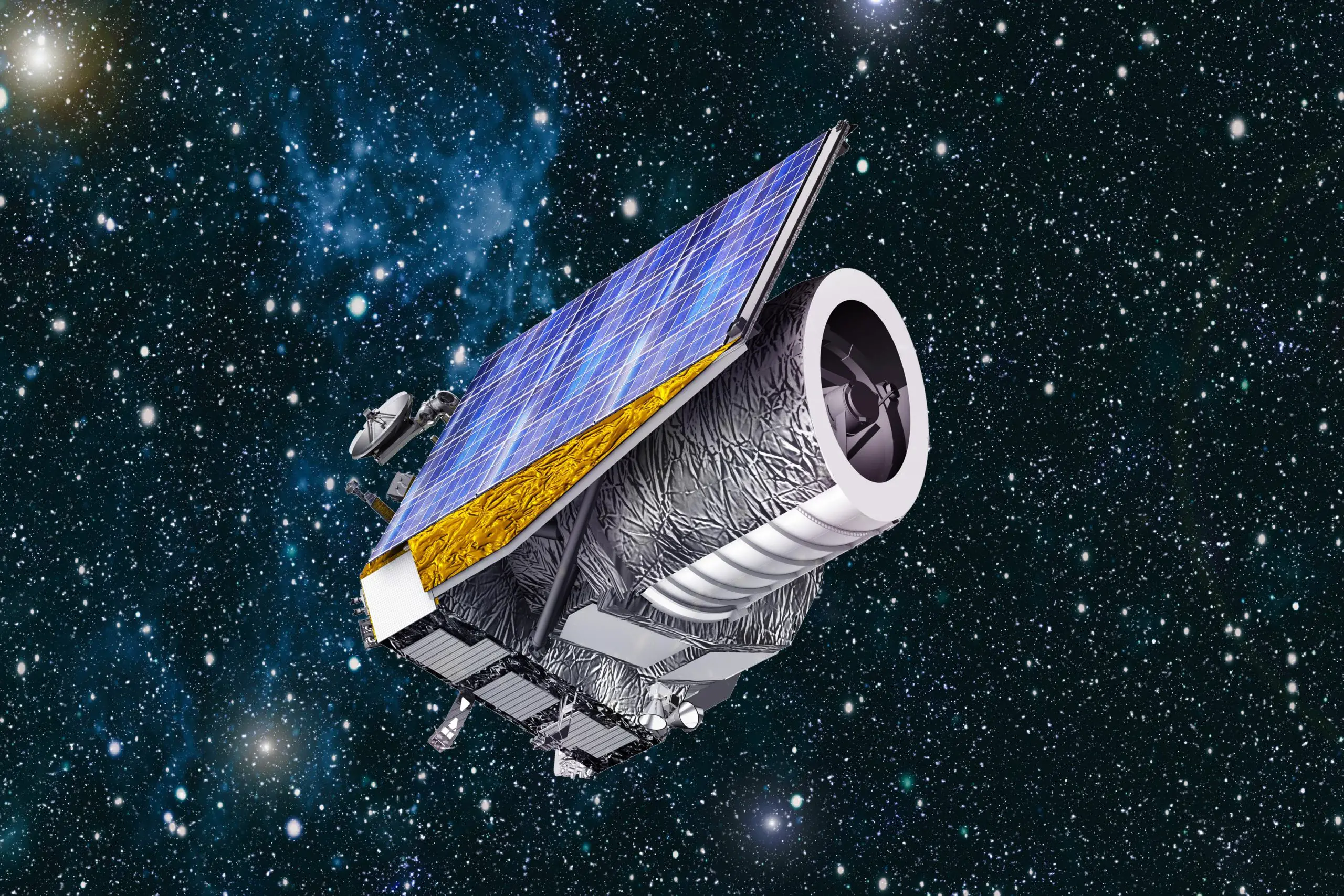

This artist’s impression depicts ESA’s Euclid spacecraft. Euclid is a pioneering mission to observe billions of faint galaxies and investigate the origin of the Universe’s accelerating expansion, as well as the mysterious nature of dark energy, dark matter, and gravity. Credit: ESA
The European Space Agency (ESA) will be broadcasting live as the Euclid space telescope, which will explore the dark Universe, is targeted to launch on a SpaceX Falcon 9 rocket from Cape Canaveral in Florida, USA, at 11:11 EDT (local time) / 16:11 BST / 17:11 CEST on Saturday, July 1, 2023. A backup launch date of Sunday, July 2, 2023, is foreseen.
Here’s how to follow the launch online.
All times in EDT. Times subject to change at short notice.
Watch live from 10:30 a.m. EDT on July 1
Tune into ESA Web TV directly or via the ESA Youtube livestream to follow the launch live:
10:30 a.m. – 12:10 p.m. Launch program
Key milestones
On launch day the following key milestones will be included in the launch programme and covered by ESA social media channels.
11:11 a.m. – Euclid launch on SpaceX Falcon 9
11:53 a.m. – Separation of Euclid from Falcon 9
11:57 a.m. – Earliest expected time to acquire Euclid’s signal
Times are specific to the launch taking place on July 1 and may vary by a few minutes.
ESA’s Euclid mission is designed to uncover the properties and effects of the elusive dark matter and dark energy, entities believed to be dominating the universe’s composition but remain undetected directly. Euclid will create a 3D map of the Universe, utilizing time as its third dimension, by observing billions of galaxies up to 10 billion light-years away. This extensive mapping will help scientists chart the position and velocity of galaxies across vast distances and through cosmic history, shedding light on the Universe’s expansion over time. Credit: ESA
The primary goal of the Euclid mission is better understanding of the nature of dark energy and dark matter, two of the greatest mysteries of modern physics. The mission aims to do this by surveying galaxies in the universe, leveraging a 1.2-meter diameter telescope and two instruments to capture visible and near-infrared imagery.
The Euclid mission will attempt to map the geometry of the dark Universe by investigating the distance-redshift relationship and the evolution of cosmic structures. This will be achieved by measuring shapes and redshifts of galaxies and clusters of galaxies out to redshifts ~2, or equivalently to a look-back time of 10 billion years. Through this, the mission hopes to better understand the accelerating expansion of the Universe, which is currently attributed to a mysterious dark energy.